Geography Reference
In-Depth Information
strategies. They were also important channels of rural-
urban migration streams deriving from the dislocations of
the Great Leap Forward. Lanzhou, a city of 190,000 people
in 1949, mushroomed to nearly 2 million by 1960.
Urumqi, 80,000 in 1949, burgeoned to 200,000. T Towns be-
came cities, and new cities appeared on the landscape.
Under Deng Xiaoping' s platform of reform and eco-
nomic liberalization, China has become an economic
and political force to be reckoned with on a global scale.
Whereas Mao Zedong decried foreign interference and
stressed “self-reliance,” Deng Xiaoping pursued more
pragmatic, flexible policies, opening the nation to the
outside world. Deng said, “I don't care whether the cat is
black or white as long as it catches mice.” Foreign
investment and even capitalism propelled China into the
twenty-first century .
Administrative Framework
Figure 11-4 shows that the PRC has four categories
oadministrative structure. There are 22 provinces; 5 au-
tonomous regions (ARs); 4 central government-controlled
70
°
80
°
90
°
100
°
110
°
120
°
130
°
140
°
U S
S I A
I A
Hohhot
Baotou
ij
i
g
e
B
n
HEBE I
Taiy
uan
S H ANXI
S H
SHAANXI
Zhen
gzhou
HENAN
H U B E I
Wuhan
Chan
gsha
H UN
AN
JIAN G
XI
POLITICAL DIVISIONS OF CHINA
ZHUANG
GU
AN GDO
NG
A
OMO
US
Guan
gzhou
ON
International boundary
XIA
NGGA NG
SAR
Shenzh
en
Nanning
Province boundary
Xiangg
ang
(Hon
g Kong
)
MA
CAU SAR
National capital is underlined
Zhanjiang
0
200
400
600
800
1000 Kilometers
Haikou
0
200
400
600 Miles
HAINAN
100
°
Longitude East of Greenwich
120
°
110
°
Figure 11-4
Note how China' is autonomous regions are on the periphery . Why do you think this is the
case? Which cities are designated as
shi
?
From H. J. de Blij and P . O. Muller,
Geography: Realms,
Regions, and Concepts,
14th Edition, 2010, p. 477. Originally rendered in color. Reprinted with
permission of John Wiley & Sons, Inc.





























































































































Search WWH ::

Custom Search